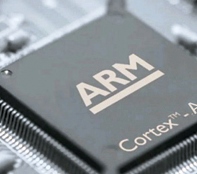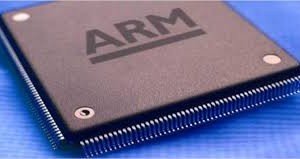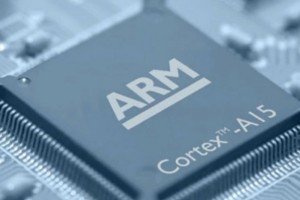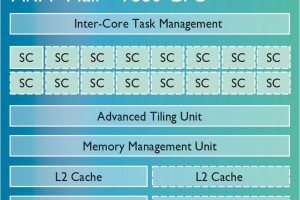
Asked how the mobile OEMs viewed Intel’s $4 billion worth of inducements to use mobile ICs, ARM executive vice-president Pete Hutton replied: “Some are bemused; some are seeing pressure.”
Intel actually reported ‘negative revenues’ on its mobile chip business, which was a novel concept to most business people.
“It’s a new business model!” cracked Hutton.
Asked if the contra-revenue strategy had worked, Hutton replied: “Intel are in 45 million tablets but we did five, six or seven times that amount.”
Asked if he had heard from the users of Intel’s mobile chips if they are likely to stay with Intel when Intel stops paying contra-revenues, Hutton replied: “We’ve seen a number of examples where a customer has given one slot to Intel and, when Intel stopped the contra revenues, they’ve moved back to ARM.”
“Free drugs only work if they’re addictive,” remarked Hutton.
In the reverse situation, where ARM is attacking Intel’s dominant position in servers, Hutton said: “We’re helping various parties deploy the software. We’re seeing the software optimised and we’re getting it ported. It’s an easier job for us to get ARM into servers than it is for Intel to get into mobile.”
There are currently four chip companies selling ARM-based processors for severs.
Although ARM doesn’t strip out its microcontroller revenues it is now becoming a significant contributor to its revenues.
Of the 53 processor licences signed by ARM in Q4, 23 were for Cortex M, the ARM microcontroller core.
“We now have 24% of the market – up from 19% last year – and that includes the 8-bits and the 16-bits,” said Hutton, “it’s going great guns. It’s significant in the number of units – four billion units last year – and we have five lead partners for microcontrollers.”
Lead partners get involved in the spec and in the design of the core and get early access to the technology.
Asked about the alternative to finfet technology – FD-SOI – Hutton replied: “We have teams working on FD-SOI libraries. We have a team in Grenoble working on them.”
Asked if ARM has any customers using FD-SOI, Hutton replied: “Yes we have had a customer for an FD-SOI chip and we may well have had more – we’ve had discussions about it with several customers.”
What will happen to ARM’s participation in the IBM Common Platform Alliance now that IBM has sold its semiconductor business to Globalfoundries?
The alliance develops low-power processor architectures, integrated design flows, and system-level IP on a common platform foundry process
Asked if Globalfoundries will take over the Common Platform Alliance programme, Hutton replied: “That would be my assumption.”
 Electronics Weekly Electronics Design & Components Tech News
Electronics Weekly Electronics Design & Components Tech News



